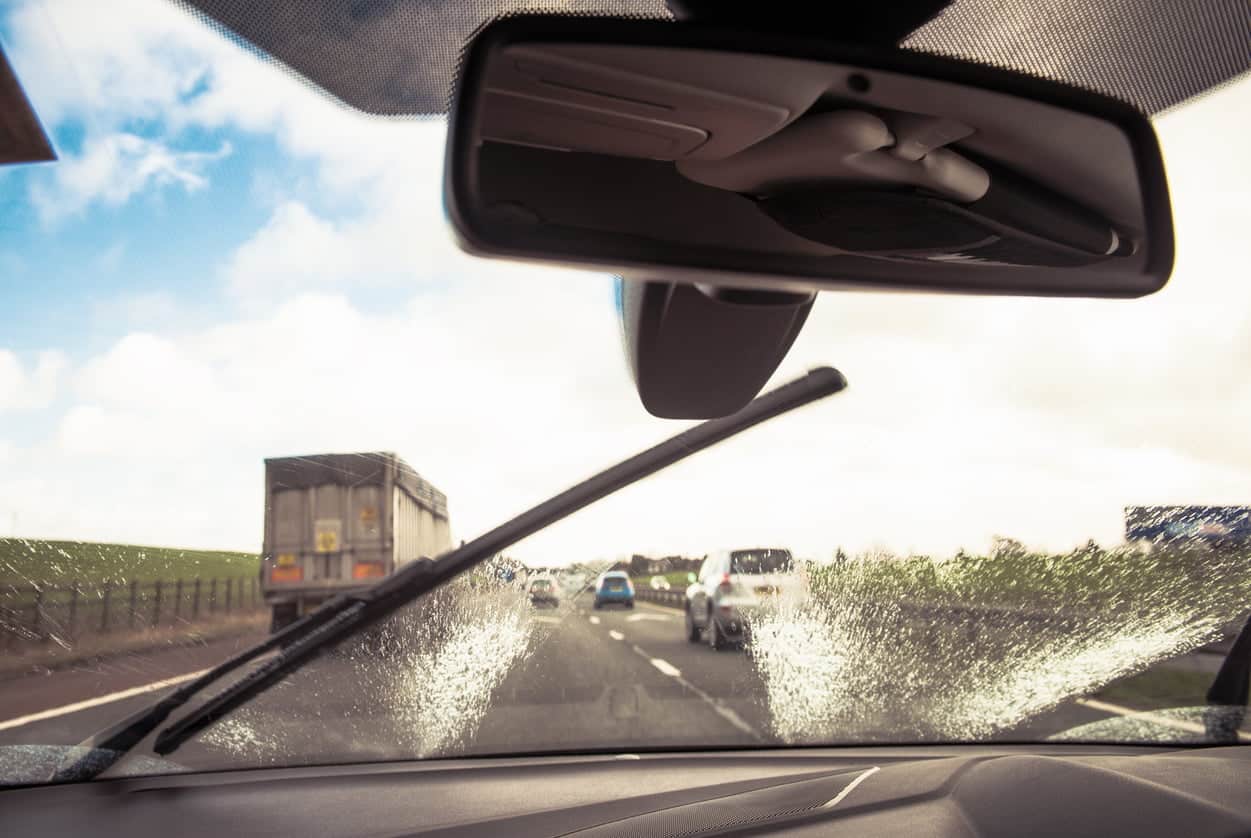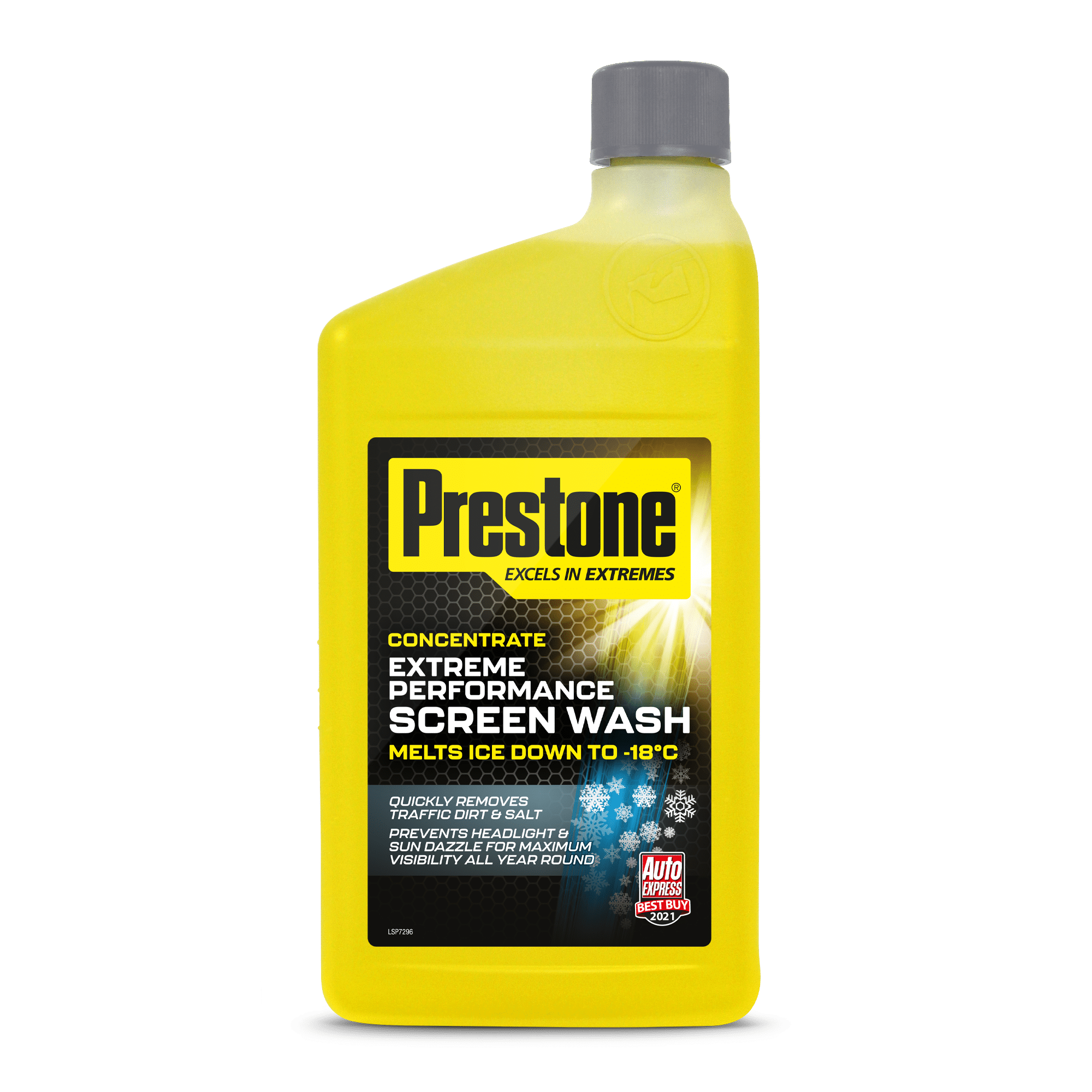Are you experiencing poor performance from your windscreen washers? Or maybe nothing happens when you use your screen wash lever? There could be a problem with the windscreen washer pump – but this is something you can repair or fix yourself if you enjoy tinkering with your car.
Here, we provide a complete guide on how to service a windscreen washer pump, from troubleshooting common faults to replacing the pump itself.
Quick Links
- What is a Windscreen Washer Pump and How Does it Work?
- Where Can I Find the Windscreen Washer Pump?
- Troubleshooting Common Windscreen Washer Faults
- How Much Does a Replacement Windscreen Washer Pump Cost?
- How to Replace a Windscreen Washer Pump
- Maintaining the Windscreen Washer Pump and System
What is a Windscreen Washer Pump and How Does it Work?
A windscreen washer pump is a small pump that feeds fluid from the windscreen wash reservoir to the washer nozzles. The pump is powered by a motor, which is needed to generate enough pressure to force the liquid along the washer feed tubes and out of the washer nozzles on the windscreen, headlights or rear window.
Where Can I Find the Windscreen Washer Pump?
The washer pump is attached to the base of the screenwash reservoir. On some cars, there may be two pumps and two motors, serving both the front and rear windscreens. Often, the easiest way to access the windscreen washer pump is from underneath the car, but on some models, you may need to remove one of the front wheels and access it through the open wheel arch.
If you aren’t sure where your windscreen washer pump is, follow the washer nozzle feed lines from the top of the firewall (the place where the engine bay meets the passenger compartment). Alternatively, your manual should provide a diagram of the engine layout.
Troubleshooting Common Windscreen Washer Faults
Windscreen washer pumps can develop faults which affect how well the washers work or stop them from spraying completely. Some common ones are:
Dirt in the Nozzles
One of the most common causes of screenwash issues is clogged washer nozzles. This happens when small particles of dust and dirt get in the nozzles attached to the top of the bonnet, preventing the spray from working.
The Fix
Use a safety pin or needle to prod inside the nozzles and clean the blockage. You may need to spray the screenwash a couple of times until the clog is fully clear.
Clogged Washer Feed Tubes
Sometimes, dirt and bits can get inside the feed tubes leading from the reservoir to the nozzles, and this can build up to cause a blockage. The symptoms of a clogged washer hose include intermittent spray or a total lack of screenwash from the nozzles.
The Fix
Begin by disconnecting the hoses from the windscreen washer reservoir; they’re held in place by clamps and a rubber grommet, so you’ll need a screwdriver to loosen them. Then, taking an airline or a can of compressed air, spray down the nozzle so that the debris is forced out of the end of the washer hose. Don’t do this the other way (spraying down the hose towards the nozzles), as you’ll force dirt and debris into the nozzle head, where it will be harder to remove.
Faulty Windscreen Washer Pump
If you’ve cleaned the nozzles and hoses and are still experiencing poor washer performance, there may be a problem with the pump itself. Here’s what to do to troubleshoot and diagnose a windscreen washer pump:
- Have someone operate the washer switch inside the car while you place your hand on the reservoir. Listen for the pump whirring and see if you can feel any vibration when the switch is activated. If you can’t, the pump is faulty; if you can, there’s likely a blockage or a leak from the reservoir.
- If the pump isn’t working, turn the power off and access the bottom of the washer reservoir. It may be that the electrical connections are covered in dirt and grime, in which case a simple clean could solve the issue.
- If not, you’ll need to unplug the motor and pump from the reservoir casing, which is normally attached with a couple of screws. When you’ve done this, turn the ignition back on and use an electrical tester to check that power is going to the pump and motor.
- If there’s no power, you may need to replace the fuse, which is relatively straightforward. Just use your manual to find the fuse box and replace the washer pump fuse with a new one.
- If there is power, you may need to replace the windscreen washer pump; we’ll show you how to do this below.
How Much Does A Replacement Windscreen Washer Pump Cost?
A new windscreen washer pump will cost between £20 and £60, depending on the make and model of your car. You may be able to find cheaper alternatives by using sites like eBay.
How to Replace a Windscreen Washer Pump
Replacing a windscreen washer pump is easy; the steps below show you how it’s done:
- Disconnect the old pump from the reservoir if you haven’t already, before unscrewing the stopper which holds the feed hoses in place.
- Following the manufacturer’s instructions, attach the new pump to the electrical connection, hoses and reservoir.
- Making sure there’s plenty of screenwash in the tank, test the new pump to make sure it’s working properly – and you’re good to go.
Maintaining the Windscreen Washer Pump and System
There a few things you can do to maintain screenwash performance and make sure the pump, hoses and nozzles continue working as they should. Here are some things to keep in mind:
- Always make sure there’s screenwash in the reservoir – If you operate the washer jets when there isn’t screenwash in the tank, it puts a lot of strain on the pump and motor, which can cause faults to develop.
- Be careful when adding screenwash – Don’t let dirt and dust get inside the reservoir when you’re adding screenwash to your car. Most filler caps have a filter to prevent bits getting in, but if yours doesn’t, we’d recommend using a funnel.
- Keep the washer jets clean – When washing your car, take a moment to give the washer jets a quick blast with a pressure washer. You should also make an effort to keep dirt away from the nozzles as you’re cleaning; work away from them to prevent grime getting inside.
Keeping your windscreen clean and streak-free is easy with Prestone. Our high-performance screen wash cuts through dirt in all conditions for complete visibility.



